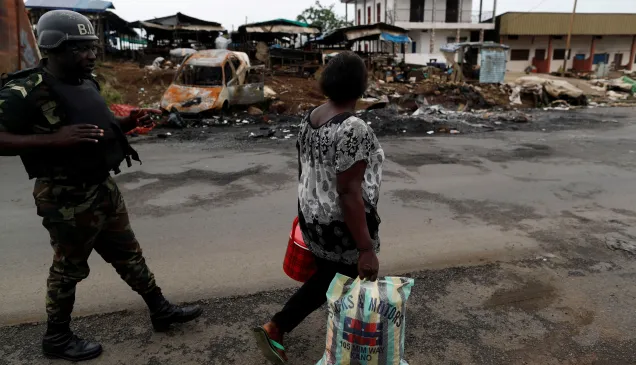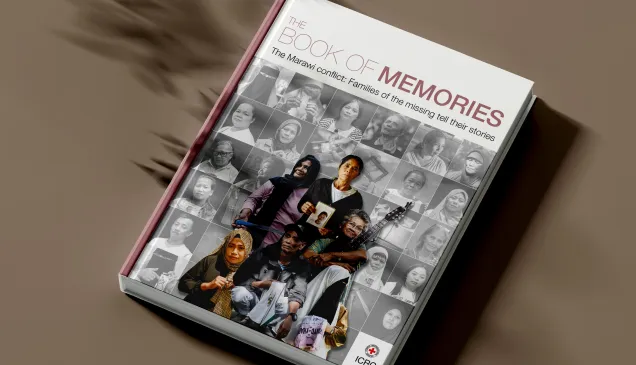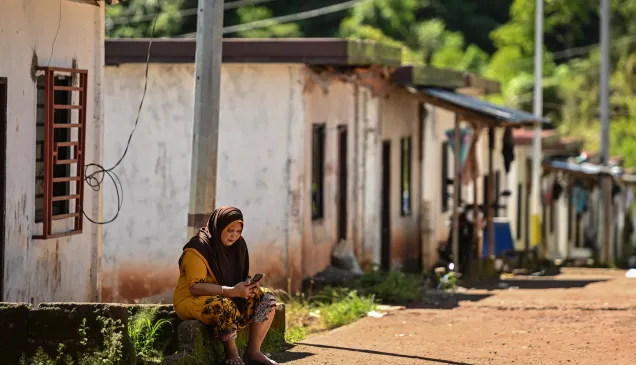Life in ruins: Marawi conflict, one year on
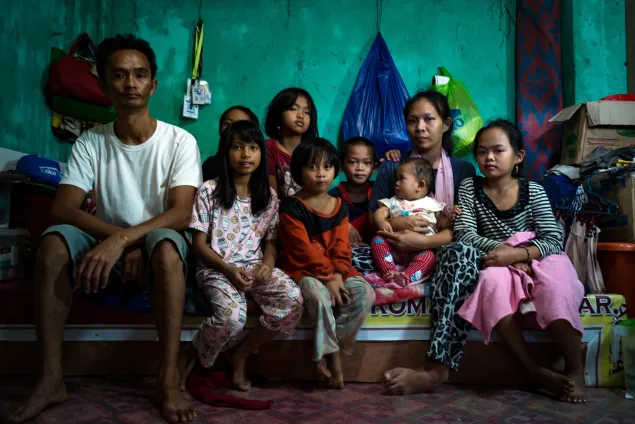
My husband and I didn’t know where to go, or whom to ask for help. We just followed the sea of people walking out of Marawi City. A year after the conflict, we still don’t have an idea what lies ahead. I’m starting to feel the weight of it, and I admit that there are times when I feel like giving up. But, for the sake of my children, I strive to stay strong.
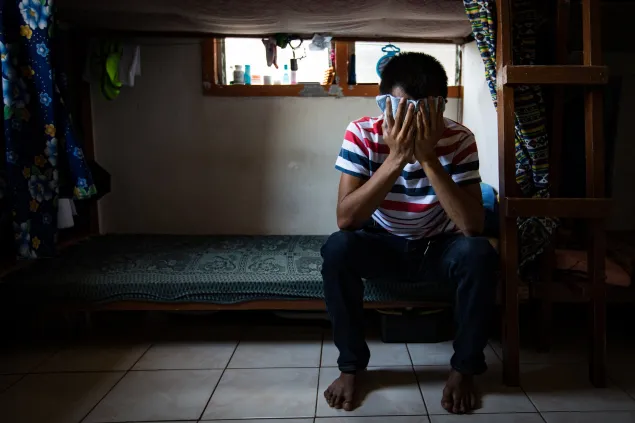
Jalil from Marawi City
We ended up hiding along with around 50 people inside a house that was just 10 metres away from ours. Aware that they won’t be able to go anywhere, my parents decided to go back home. That was the last time I saw them. Every time there is a report about bodies sent to Capin (Funeral Homes), I’m always there. It’s like, you keep on looking for something that has gone missing and you can’t find it. That’s the most painful part.
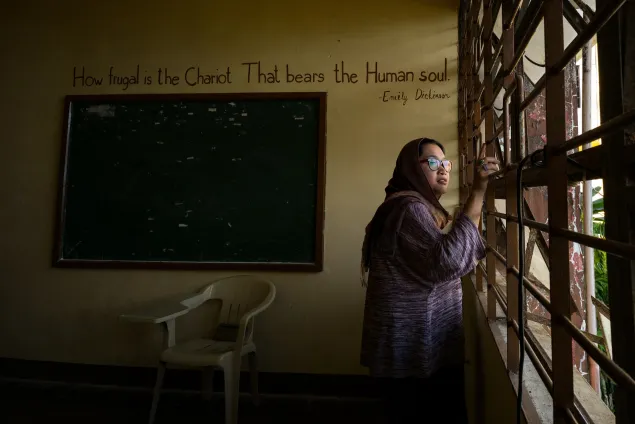
Jahara from Marawi City
I teach English at the Mindanao State University in Marawi. It was very difficult to hold classes because our voices would be drowned out by loud explosions. Sometimes we had to stop midway because our students were too shocked to understand what was being taught amid all the noise. It was a challenging time, but I’m glad that we were able to finish one semester.
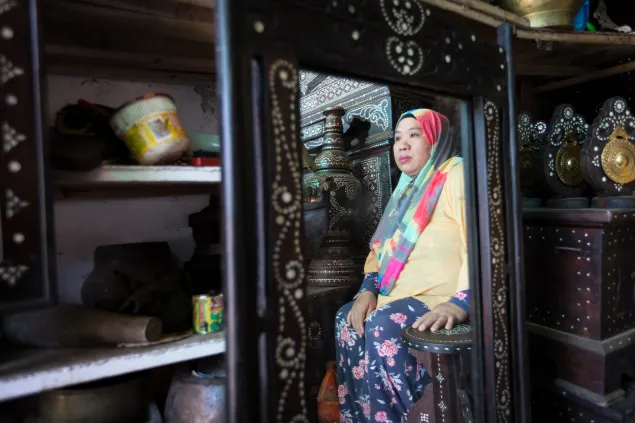
Sohayla from Marawi City
From our shop, I could see all the commotion outside. It was overwhelming to see people run for safety, seemingly confused with all that was happening around them. My husband and I did not leave the city as we remained hopeful that the fighting will soon end. We were trapped inside for days and had limited food supplies. We had to budget the food and water that we had, restricting ourselves to one meal a day. Now that we have a chance to return home, we are going to start over.
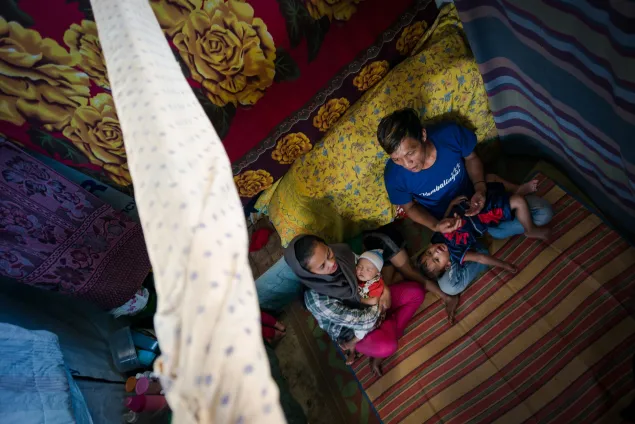
Jalanie from Saguiaran
My wife Farhana gave birth to our youngest child when the fighting was at its peak. When she delivered our baby, we did not receive any support. We couldn't even get any help from our relatives because it was difficult for them to reach us. It has been a month since we received relief items but we still do not have a source of income. It is especially hard because our children are very young.
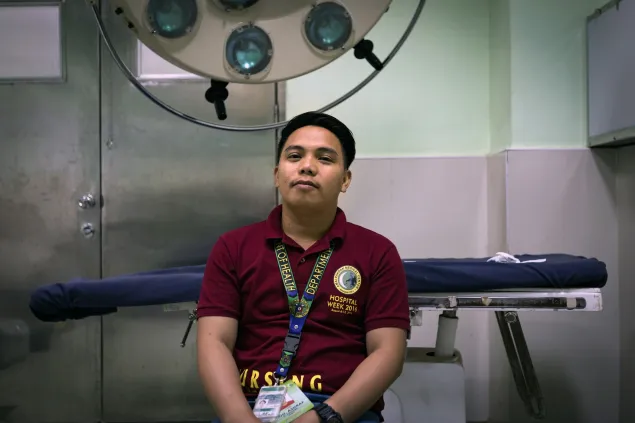
Mohammad from Marawi City
They started to evacuate patients and employees from the medical centre but as an emergency room nurses, we were instructed not to leave the hospital. We would be the ones to provide first aid to wounded patients. It was frightening for me but it did not stop us from keeping the facility operational amid the fighting. It’s very sad to see our town, this beautiful city, reduced to ashes.
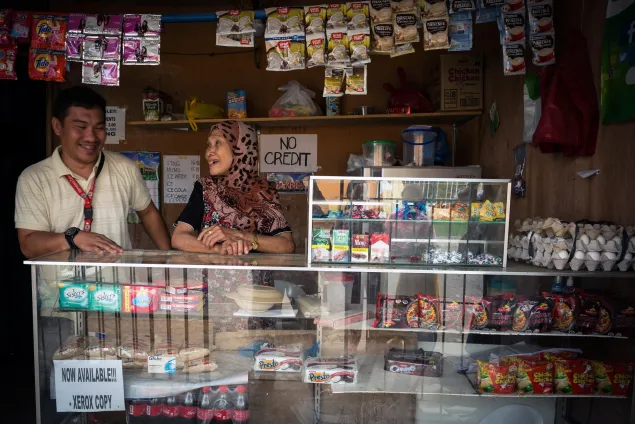
Abdullah from Marawi City
I am an ICRC driver and Marawi City is my hometown. For the first three days of the fighting, my family refused to leave our home. But when it became clearer that the hostilities were not going to end anytime soon, they finally decided to seek shelter in the nearby evacuation centre. Despite all my worries about my family’s safety and situation, I helped transport hundreds of families safely from the city during the crisis. My family is back home now and I’m just really thankful that nothing bad happened to them.
On 23 May 2017, armed clashes broke out in Marawi City in Lanao del Sur province, southern Philippines. What many residents thought were brief clashes between government troops and IS Ranao fighters turned out to be a highly destructive urban conflict that lasted five months. More than 300,000 people fled their homes and lived in displacement during this period.
While some families have started rebuilding their lives, an estimated 230,000 people remain displaced to date – including residents of the main affected area. Many were separated from their families and are still looking for their loved ones who went missing.
These people tell stories of faith, struggle, pain and hope, but also of the astonishing resilience of the victims of the Marawi conflict.
We remain committed to supporting those who fled the fighting, and to do more by addressing gaps in the overall early recovery response in coordination with the authorities and other aid organizations.

